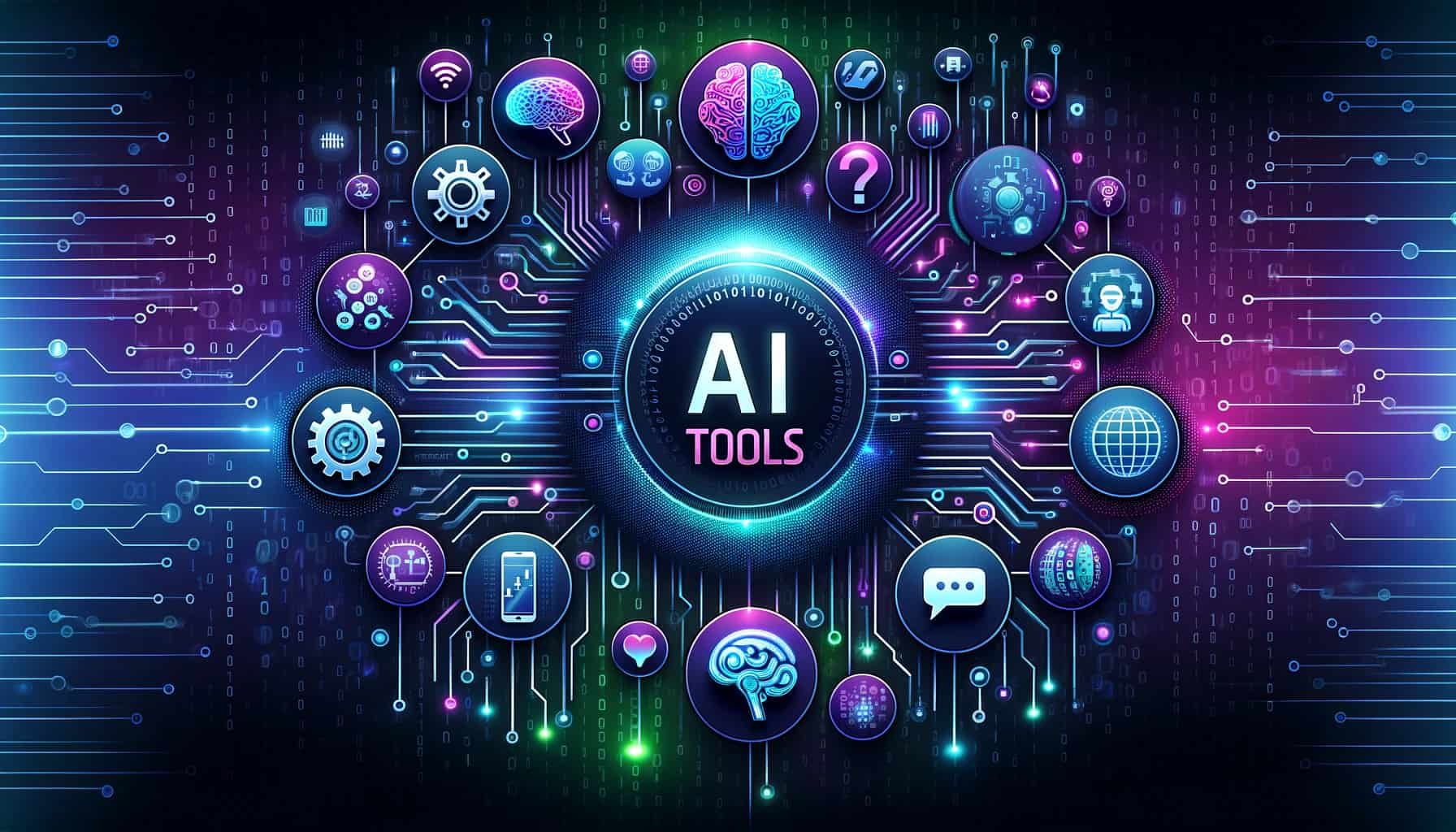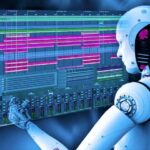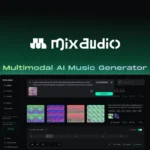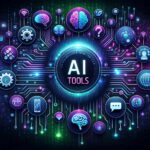Since I was a child, I’ve always been mesmerized by the magic of music. Whether it was someone strumming a guitar on a street corner or playing an intricate melody in a theatre, I’d be that kid, frozen in awe, entranced by the sheer beauty of it all. It wasn’t just the sound that captivated me, but the emotion it evoked. Music seemed like a kind of sorcery, a powerful force channeling human emotion through instruments. As an old-school musician, this reverence has guided my life.
The Role of Creativity in Music and Human Identity
Creativity is our human fingerprint. Since gaining consciousness, humankind has expressed itself through creativity, setting us apart from all other species. Yes, some animals can solve basic problems, but none can compose a symphony or paint a masterpiece. Humans are the only species capable of creating art.
Everyone possesses the potential for creativity. Whether it’s composing a melody, writing a story, or sculpting a statue, we all can learn and apply the necessary techniques. Only a few reach the heights of a Beethoven or a Michelangelo, but even our most modest efforts are a testament to this unique human trait.
Until recently, creativity was a domain solely reserved for us. Computers could calculate faster and more accurately, but they couldn’t create. That was our edge, our essence—until artificial intelligence (AI) began to change the game.
Early Encounters with AI Music
Roughly a decade ago, I read on a music forum about a Polish university project where an AI was trained on hundreds of thousands of metal songs. Curious, I rushed to hear the output. It was… underwhelming. The music felt lifeless, lacking the warmth and nuance I associate with human-created sounds.
Even before AI’s musical maturation, I had little patience for overly digital music. The exactness of MIDI-triggered notes sounded sterile. I respect its place at parties or clubs, but for me, music is something you feel during a long drive or while savoring solitude—not just background noise.
Fast forward to today, and I found myself compelled to explore how far AI has come. I tested platforms like Suno, Udio, and Sonauto across various genres—from blues and jazz to flamenco and traditional Spanish jotas. Here’s what I discovered.
Four Core Capabilities of AI in Music
After days of experiments and research, I found AI excels (or attempts to) in four key areas:
1. Voice Cloning
AI now allows us to replicate voices of known artists. Songs featuring cloned vocals are popping up everywhere. Websites and apps even let users create new tracks using these voices.
While it’s technically fascinating, it opens a huge legal and ethical can of worms. Most artists disapprove. Grimes, notably, proposed a revenue-sharing model (50% to her) if her voice is used. But for the rest, their voices are their identity, just like their image. Unauthorized use is akin to deepfake visuals—it’s misrepresentation.
Fortunately, music distribution platforms use automated systems to detect such infringements and reroute monetization to rightful owners. I’ve personally had my own manager remove monetization from my own uploads simply because I didn’t alert them beforehand.
2. Composition
This is the philosophical hotbed. Until recently, only humans could compose music. Now, AI has joined the orchestra.
I put Suno, Udio, and Sonauto to the test. Some results surprised me. The AI creates by analyzing vast musical databases, finding patterns, and reassembling them into original compositions. This method mirrors how humans learn—by imitation and adaptation.
But here’s the catch: while AI excels at familiar styles (especially U.S.-based genres like blues or pop), it struggles with culturally nuanced or less represented forms. Asking for a Spanish jota, I received a country-infused pop track—proof that the AI defaulted to the familiar when it didn’t recognize the request.
Structurally, AI tends to overuse chorus-like elements, often neglecting bridges, intros, and transitions that give songs emotional arcs. It doesn’t seem to distinguish the storytelling role of each section within a song. It’s not there yet—but it’s learning.
Lyrics-wise, detail matters. A vague prompt yields a flat song. But if you request literary devices like metaphors or onomatopoeia, the results become more textured.
Instrumentally, AI favors what MIDI handles well. Electric guitar parts often sound like distorted keyboard presets. Production quality resembles low-bitrate MP3s—acceptable for casual listening, but far from audiophile standards.
Still, AI has created pieces better than some human-produced chart-toppers. That’s both amazing and unsettling.
3. Mixing and Mastering
This is where I had the highest hopes. Mastering is a dark art that most listeners overlook but that determines a song’s final impact. It’s also a task I find mentally exhausting.
Several apps claim to offer AI-driven mastering. Some music platforms even integrate it into the upload process. But the results are generic. You’re given preset styles and outcomes feel homogeneous, robbing music of its uniqueness.
Mastering isn’t a one-size-fits-all. It requires sensitivity to each track’s emotional and acoustic intent. AI hasn’t mastered that yet. And mixing? Even further behind.
Still, there’s hope. Some tools now use AI not to replace producers but to assist them. By analyzing frequency imbalances or visualizing inconsistencies, they help human producers make better decisions. This is where AI shines—support, not substitution.
4. AI as a Creative Tool
This is, by far, the most exciting frontier. Not AI as a creator, but AI as a tool.
There are apps that isolate instrument tracks, allowing musicians to study specific parts. Others transcribe full chord progressions or generate vocal harmonies from a single melody line. Some fill in missing segments of incomplete recordings, nudging you out of creative ruts.
A standout example is The Beatles’ final song, Now and Then (2023). A demo recorded by Lennon in 1977 was unusable due to poor quality. Decades later, AI cleaned the audio, separated instruments, and enabled surviving members Paul and Ringo to complete the track. AI allowed art to transcend biology.
The Verdict: Threat or Ally?
So, what is AI for us musicians—a blessing or a curse?
It’s both. Or rather, it’s a tool that reflects our intentions.
AI breaks down limitations. It allows musicians to incorporate instruments they can’t play or afford. It brings once-impossible ideas to life. But it also offers shortcuts. And shortcuts—when abused—can erode skill development.
As a young musician, I had to develop my ear by tuning to the A note from a landline dial tone. That built an instinct for pitch recognition. When tuners came along, I stopped training my ear, and that ability faded. Convenience cost me a skill.
The same applies to AI. If we rely too heavily on it, we may lose the very spark that defines our artistry. Creativity is like a muscle—neglect it, and it atrophies.
In the end, AI won’t replace musicians who are driven by emotion, nuance, and soul. But musicians who embrace AI as a partner—not a crutch—will find themselves capable of more than ever before.
Music has always been about connection. Whether carved from wood or coded in silicon, what matters most is whether it makes us feel. That, after all, is the real magic.




